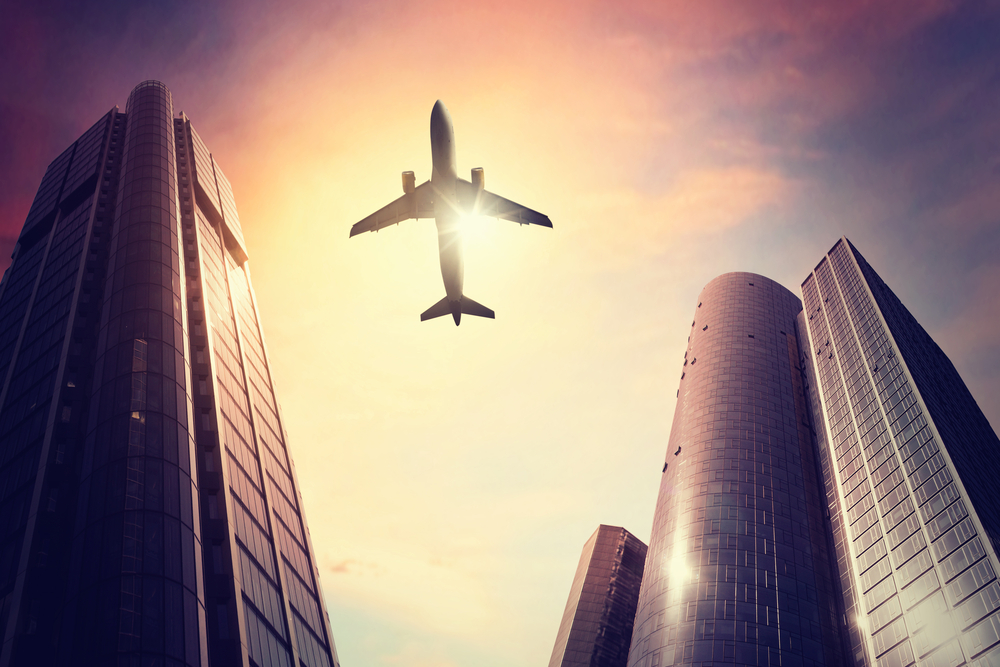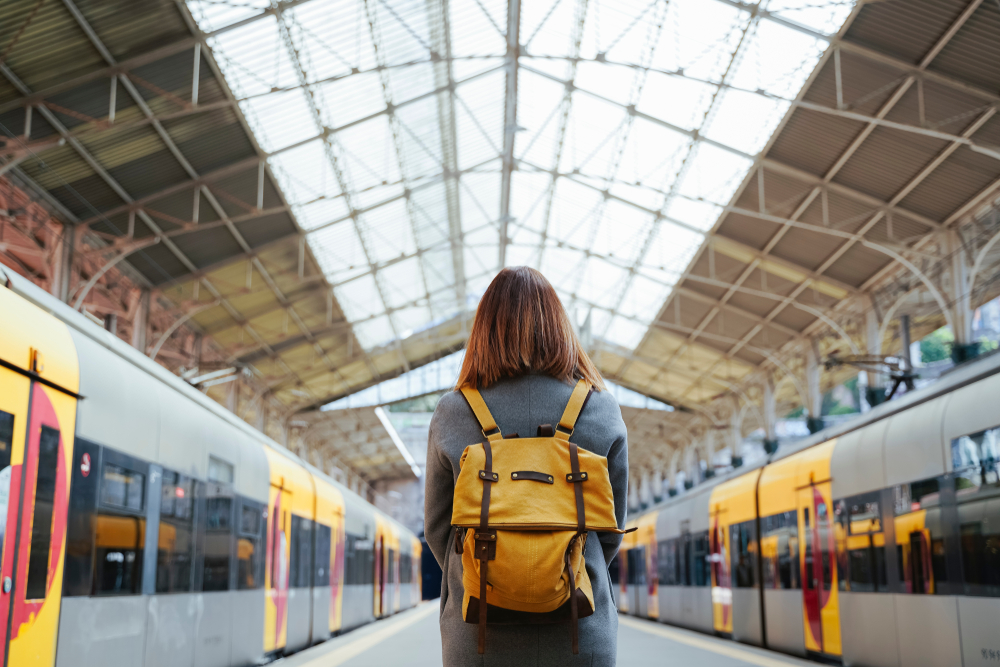Whether you’re travelling for business or leisure, the details can make the difference between a trip that’s stressful and one that’s spectacular. From planning your trip to finding accommodation and packing well, five regular roamers share their best advice.
Use tech to streamline planning
Judy Sahar travels up to six times a month for work — the Melbourne-based CEO of Crowd Media Group regularly visits clients and colleagues interstate — and she also plans her family’s annual overseas holiday. Sahar swears by technology to streamline the process.
This includes Apple Wallet to check-in to flights and Uber to pre-schedule transport to and from the airport. She uses Google Workspace to consolidate meeting notes and share information and content with her team back in the office.
To plan holidays, she sets up a dedicated WhatsApp group and shared Pinterest boards. “I set up polls on WhatsApp, so my travel group can easily vote on things like where we’re going, what type of holiday it will be (adventure, relaxing or resort), types of accommodation and any internal travel,” she explains.
“We also use a private Pinterest board for sharing ideas for restaurants, shopping precincts or entertainment. Every member has their own board, then we vote on where we’ll go as a group. This makes it so much easier as there’s no back and forth.”
Don’t reinvent the wheel
With a young family and a growing business, SLAM Solutions, that can see her travel a couple of times each month, Diana Abeleven doesn’t have time to waste. So, when booking accommodation, she prefers to stick with what she knows and likes.
“I stay regularly at Holiday Inn and every time I walk in, I know I’ll be looked after, I feel a sense of familiarity and comfort,” she says. “They know me by name, they keep everything simple and seamless. It’s a pretty small thing, but I know when I stay at a Holiday Inn the bed is going to be a comfortable one, the room space will be just what I need to relax but to also get work done when I need, and the team will make my stay enjoyable every time.”
Abeleven also appreciates Holiday Inn’s reinvigorated clean, modern design, with thoughtful touches like an in-room desk space to get work done. On a recent stay in Geelong, she was struck by the newly designed open lobby area.
“When you walk in, it really is such an area for everything and everyone — the lobby, restaurant and bar. I was able to easily work from there while I waited for a colleague to arrive for our lunch meeting.”
Spend more time packing
Last-minute packing results in ballooning luggage and forgotten items. Monique Van Tulder — a former travel professional who now splits her time between Sydney and the Whitsundays, where her mother lives — firmly recommends conscious packing for a stress-free trip.
“Lay everything you think you want to take on the bed. Choose a colour scheme that works together, such as black and navy or white, cream and khaki, plus one bright shade for a dress. Put away all items that don’t fit this colour scheme. The remaining items must be able to work with at least two others — for example, a denim shirt can become a jacket, then dressed up with a scarf.”
She also recommends taking a photo of each possible outfit and saving it on your phone. “Yes, it’s more work upfront, but on the road it means fewer wardrobe decisions, leaving more time to enjoy yourself.”
Van Tulder learns from past packing mistakes, too. “After each trip I make a list of what I actually wore, so I can reach for this next time as a place to start.”
Separate your essentials
While Jye Smith is firmly in favour of taking carry-on luggage only, that doesn’t mean he stashes everything in a single bag. “There’s a crucial difference between access and carry,” Smith explains. “Access is what you can reach during transit – those essentials you need at a moment’s notice. Carry, is what you lug around.”
The managing director of branding agency Doublestar Co, Smith’s ‘access’ bag holds his wallets, personal documents, and tech arsenal — laptop, tech bag, batteries. His ‘carry’ bag holds the rest, even when he travels to the USA or Asia.
Find ways to walk
As a longevity coach and speaker, Marcus Pearce is well-practised in finding ways to incorporate healthy habits into his day — and this extends to his fortnightly travel days.
“When you factor in driving to the airport, waiting at the airport and sitting on the plane, you can be sitting for hours so any chance I get for movement, I take. I prefer to take the ‘cheap’ parking option so I get my steps up — it can be 1500-2000 steps from the car to the lounge, which is great from a health perspective,” he says. “I’ll take the stairs instead of the escalator, and at international airports like Abu Dhabi, I’ll walk instead of taking the travellator to the gate.”



